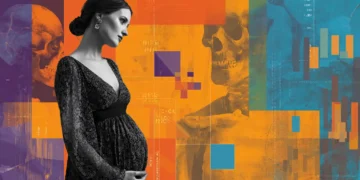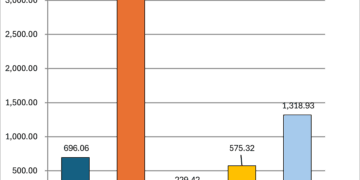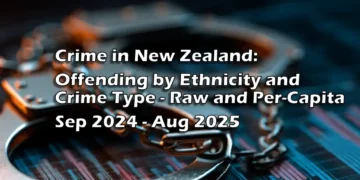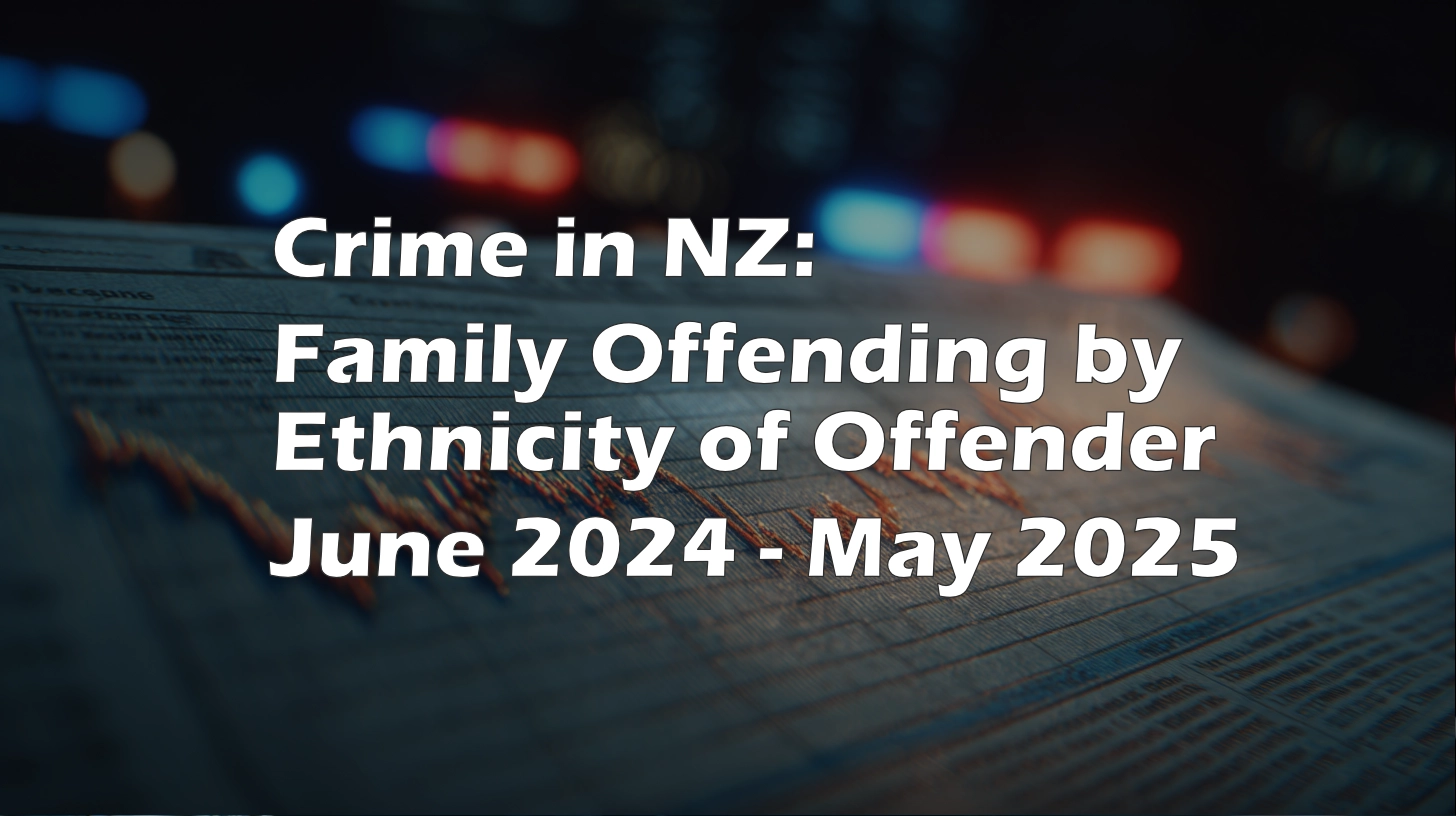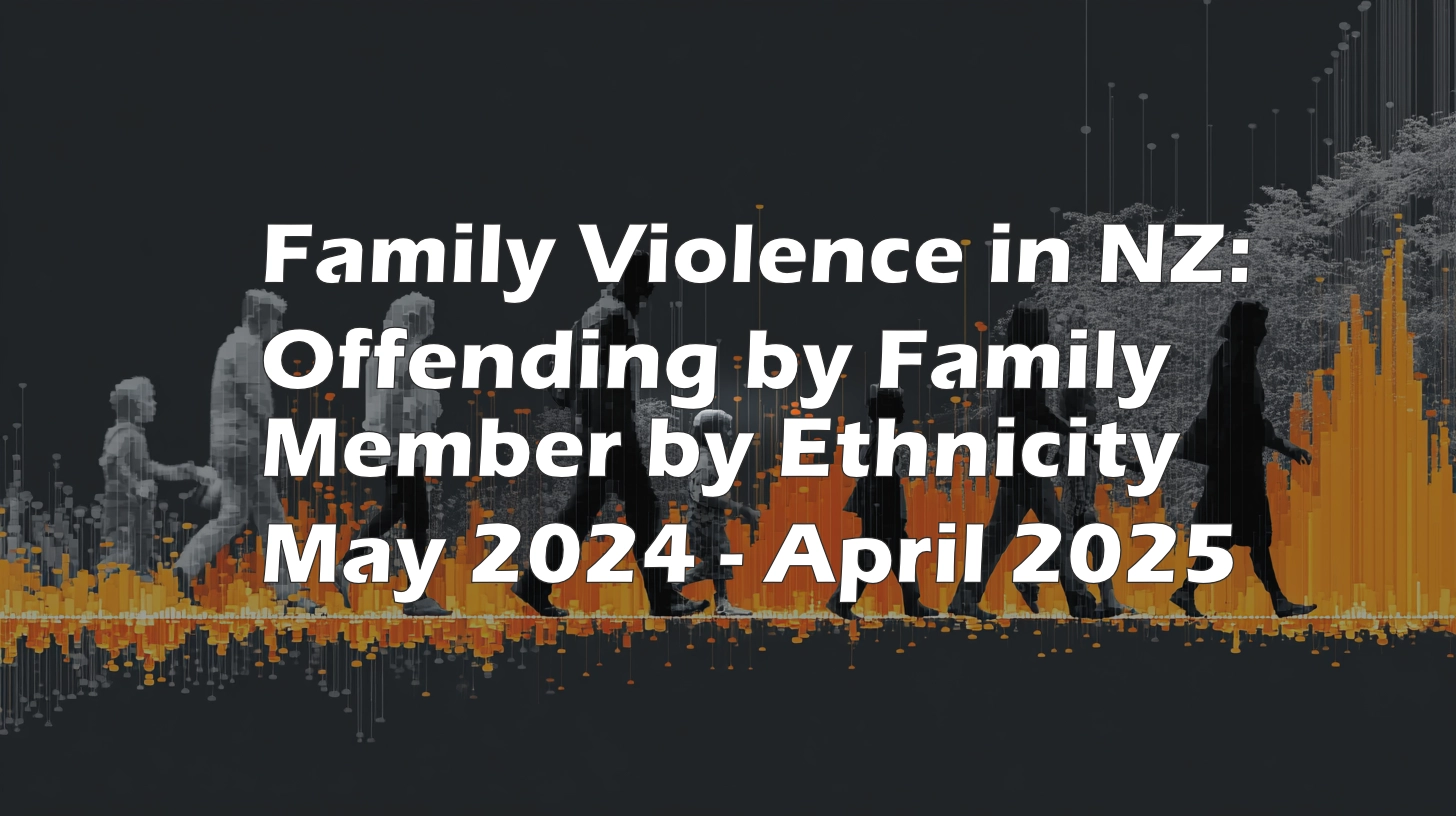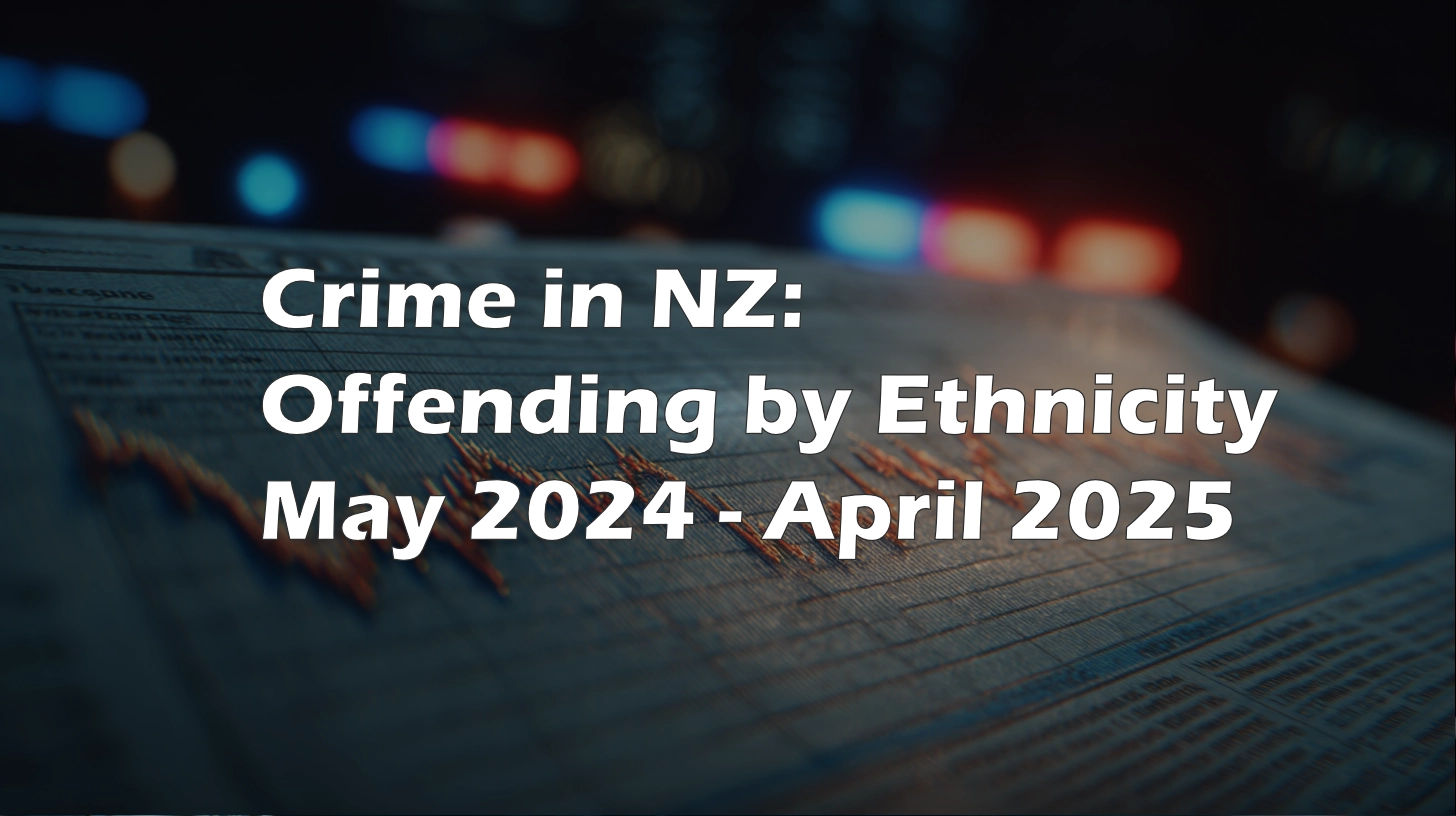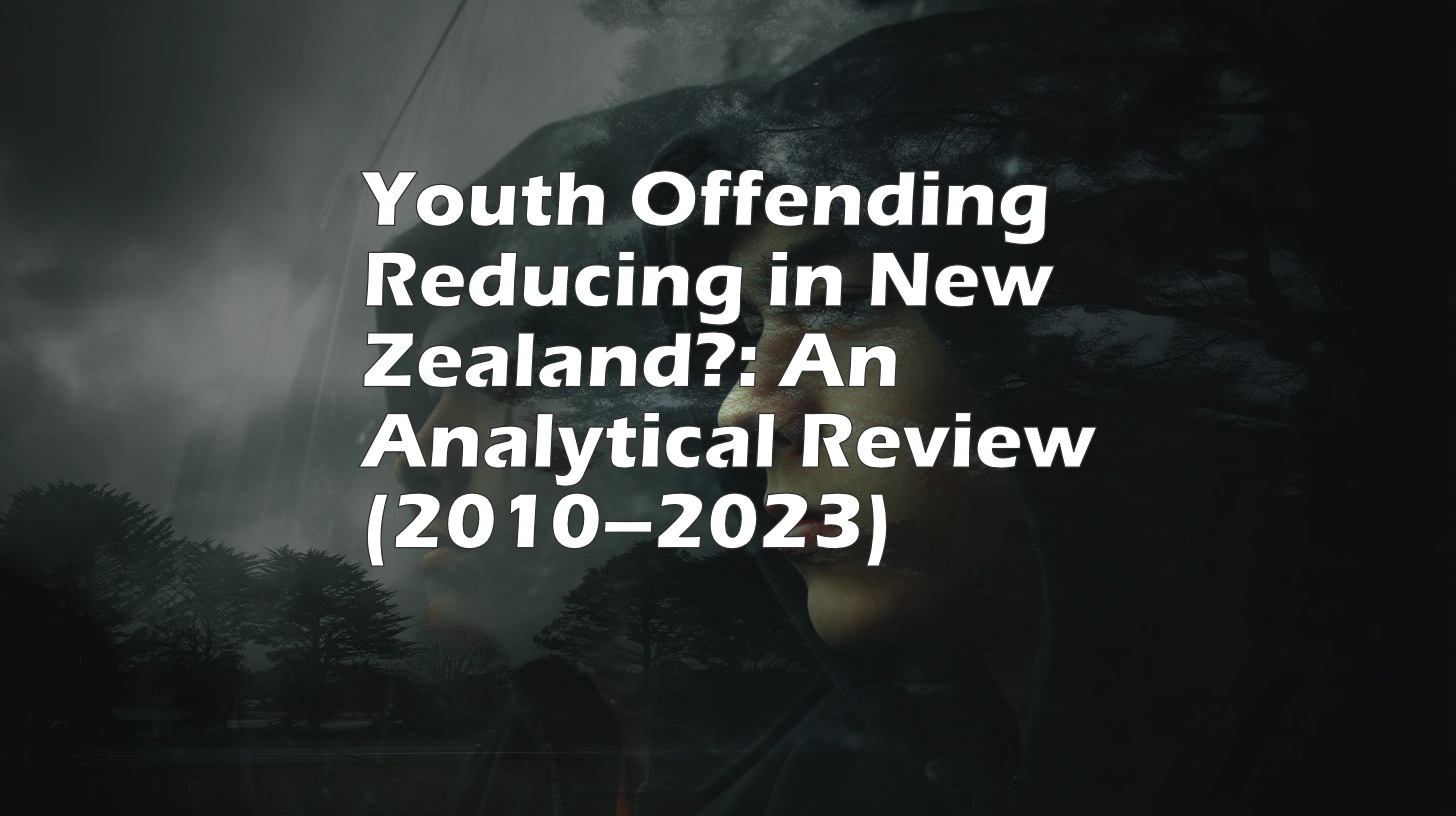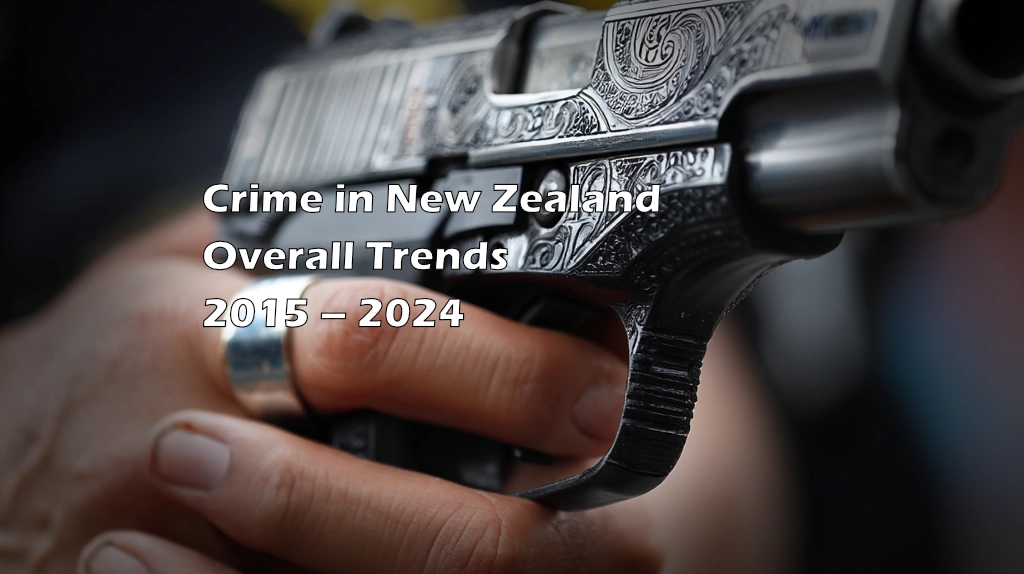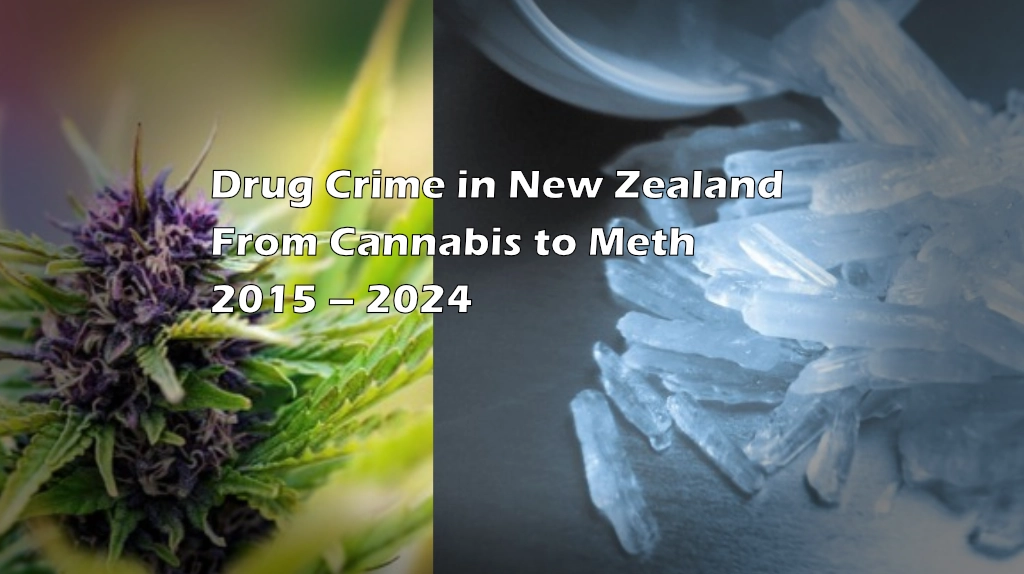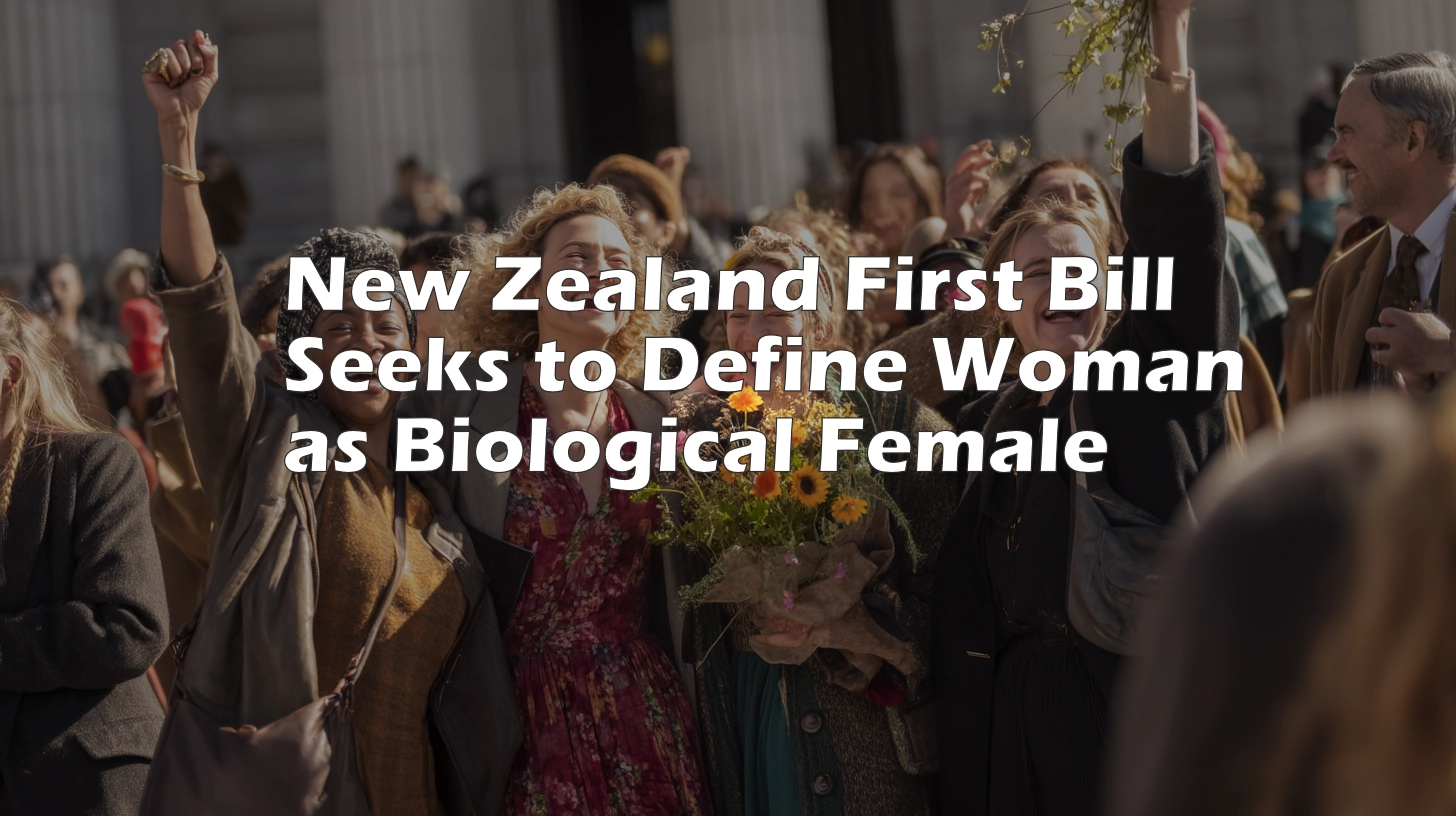A Decade of Drug Crime in New Zealand: From Cannabis to Meth, Changing Patterns in Policing and Justice
Drug offence trends in New Zealand have shifted significantly in the past decade, with Ministry of Justice data highlighting a move away from cannabis, a surge in methamphetamine-related charges, and continued disparities among demographic groups.
Charges vs. Convictions: A Shrinking Gap, But Persistent Volume
The total number of charges for drug offences in New Zealand fluctuated over the last decade, peaking at over 16,000 in 2017, dropping to just over 12,000 by 2021, and rebounding to 14,908 in 2024.
- In 2015, there were 13,954 charges laid for drug offending.
- By 2024, this had increased to 14,908.
Convictions have followed a similar pattern: rising to a peak in 2017, then declining and experiencing a small increase again:
- 2015: 9,168 convictions for drug offences
- 2017: 10,923
- 2021: 7,583 (lowest point)
- 2024: 8,536
The conviction rate for drug charges has fallen over the decade. In 2015, 66% of finalised charges for drug offences led to conviction. By 2024, the conviction rate was 57%.
Offence Types: Methamphetamine Dominates
Methamphetamine-related charges have risen sharply and now dominate the drug offending landscape:
- In 2015, methamphetamine accounted for 34% of drug charges (4,798 charges).
- By 2024, that figure was 48% (7,171 charges).
Cannabis charges have dropped as both a proportion and in real numbers:
- In 2015, cannabis made up 47% of charges.
- In 2024, only 36% of charges were for cannabis.
Other drugs, such as ecstasy, cocaine, and “fantasy,” make up a much smaller but growing fraction.
Offence breakdown has also shifted:
- Possession and/or use offences are still the most common but have dropped in proportion (from 47% of charges in 2015 to 48% in 2024).
- Dealing/trafficking charges have become more frequent, now 42% of 2024 charges.
Demographics: Gender, Ethnicity & Age Trends
Gender: Males are overwhelmingly more likely to be charged and convicted for drug offences.
- In 2024, 81% of those charged and 82% convicted were male.
- Female proportions (19% charged, 18% convicted) have been steady since 2015.
Ethnicity: Māori remain significantly over-represented:
- 45% of those charged and 48% of those convicted in 2024 identified as Māori, despite making up about 17% of the population (2023 Census).
- European representation has dropped from above 50% to 42-43%.
- Pacific Peoples and Asian groups comprise 8-9% and 3-4% of all charges and convictions, respectively.
Age:
- The proportion of young people (under 25) among those charged or convicted for drug offending has halved.
- Median age is rising, with the peak age groups now between 30 and 44 years.
- The age bracket of 30-39 years remains heavily affected, especially in methamphetamine prosecutions, forming 20% of those charged. This pattern suggests that individuals in their prime working and family-rearing years are significantly impacted, pointing to broader socio-economic implications.
Sentencing Outcomes: Less Prison for Possession
- The most common sentence for drug convictions is non-custodial: community-based sentences like home or community detention, intensive supervision, or community work.
- Imprisonment is largely reserved for more serious offending (importing/supplying, manufacturing, or repeated offending).
- In 2024, only 15 people were sentenced to prison for possession/use alone.
Highlights & Implications
- Methamphetamine is now the primary source of drug charges in New Zealand, which is a major shift from the previous cannabis-dominated landscape.
- Enforcement and prosecution have shifted focus from user possession (especially cannabis) to commercial dealing, trafficking, and meth-related offending.
- Ethnic disparities remain pronounced: Māori, in particular, are consistently over-represented at every stage—charges, convictions, and imprisonment—relative to their population size.
- Conviction rates have slowly declined as the justice system diverts more low-level possession/use cases or does not proceed to conviction.
- Today’s “average” drug offence defendant is older and more likely to be Māori and male than was the case 10 years ago.
- The data from 2015 to 2024 reflects interesting disparities between charges laid and convictions secured:
- Methamphetamine: While charges rose, the conviction rates for meth-related offences stayed robust at approximately 74%. However, a decline in charges during 2020 likely reflects the pandemic’s impact on law enforcement operations.
- Cannabis: Cannabis offences showcase a more prominent gap between charges and convictions. As charges decreased, so did the conversion to convictions, suggesting a shift towards treatment or diversion initiatives over punitive measures.
The Big Picture
Ministry of Justice data paints a picture of a justice system in transition—one that continues to grapple with entrenched inequalities and the growing impact of harmful drugs like methamphetamine. The gradual decline in simple cannabis prosecutions suggests changing community standards and, potentially, police priorities. Targeted supply-side enforcement and changing demographics among both offenders and offences will shape the next decade in New Zealand’s ongoing response to drug crime.
Sources:
- Ministry of Justice, “People charged and convicted of drug offences, 2015–2024” (March 2025)
- Stats NZ, Census 2023 (for demographic context)
Conclusion
The diverging paths of methamphetamine and cannabis-related crimes in New Zealand reflect complex interplays between legal policies, societal attitudes, and demographic factors. While methamphetamine poses sustained challenges necessitating aggressive cross-sectoral strategies, the evolving narrative around cannabis points towards a potential rethinking of legal approaches. Addressing these disparities, especially in ethnic representation within drug crimes, remains essential for fostering a fair and just society.





